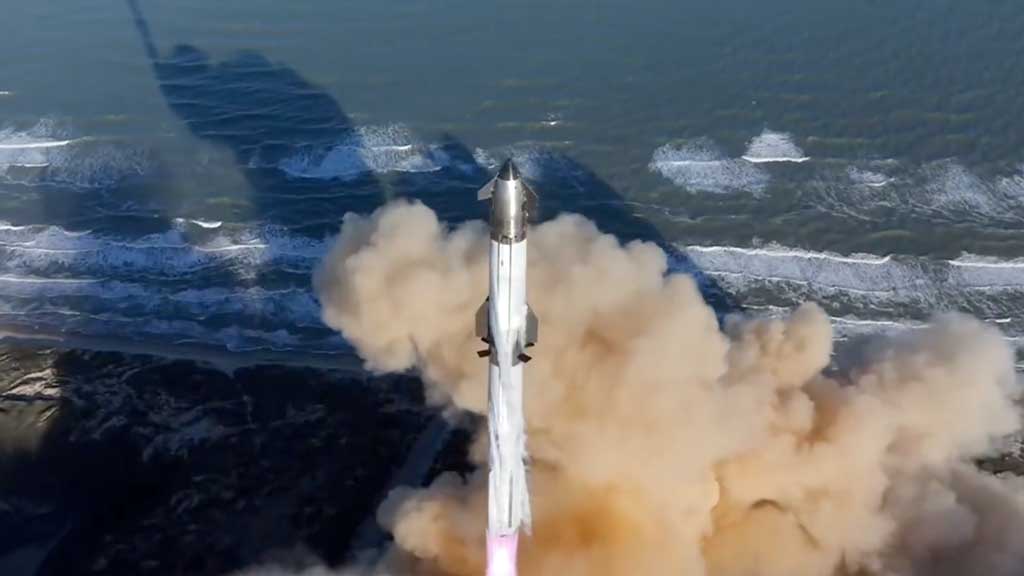News
SpaceX launches Starship Flight 7th with a next generation ship

On January 16, 2025, SpaceX launched the 7th Starship Flight with the next generation ship including lots of new upgrades to prepare and new objectives.
The company flew this integrated flight from Starbase, Texas at 4:37 p.m. launch window. The first stage’s 33 Raptor engines fired at full power to lift the entire launch vehicle to space.
Liftoff of Starship! pic.twitter.com/7lrFjGXzAi
— SpaceX (@SpaceX) January 16, 2025
Soon after achieving Max Q, the flight marked hot-staging and separated the first and the second stages. During this phase, the first stage performed a boostback and returned to the landing site, with a node to landing on the launch site.
On the other hand, the second stage starts its Raptor engines and enters the suborbital plane. Meanwhile, the first stage made its way back home and landed between the launch tower chopsticks after conducting the final burn. This was the second successful catch for the Super Heavy booster via the launch tower.
Starship’s Raptor engines ignite during hot-staging separation. Super Heavy is returning to launch site for catch attempt pic.twitter.com/JaU8XJGua1
— SpaceX (@SpaceX) January 16, 2025
Next-Gen Starship
This test employed a next-gen upper stage with reduced-size forward flaps and shifted towards the vehicle tip, and no longer part inside the heat shield.
The ship has a redesigned propulsion system with a 25% propellant capacity increase, vacuum jacketing of feedlines, a new fuel feedline system for Raptor vacuum engines, and a better propulsion avionics module controlling vehicle valves and reading sensors.
The redesigned avionics will lead the way for future missions with complex operations such as propellant transfer and the ship’s return to the launch site.
These upgrades include a powerful flight computer, and integrated antennas combining Starlink, GNSS, and backup RF communication features in each unit.
It has redesigned inertial navigation and star tracking sensors. SpaceX has installed smart batteries and power units as part of the upgrades that will distribute 2.7MW of power across the ship to 24 high-voltage actuators.
With today’s mission, Starship is carrying 10 Starlink simulators to perform the satellite deployment sequence live for the first time.
Meanwhile, the new heat shield upgrade will enable an improved ship reentry this time but the company aimed to maximize the stress test with this new ship by removing the maximum number of tiles from vulnerable areas across the vehicle.
7th Starship Flight is crucial to future Starship launches and SpaceX will analyze the data received from this test and use it to improve the flight design for the 8th flight and beyond.












